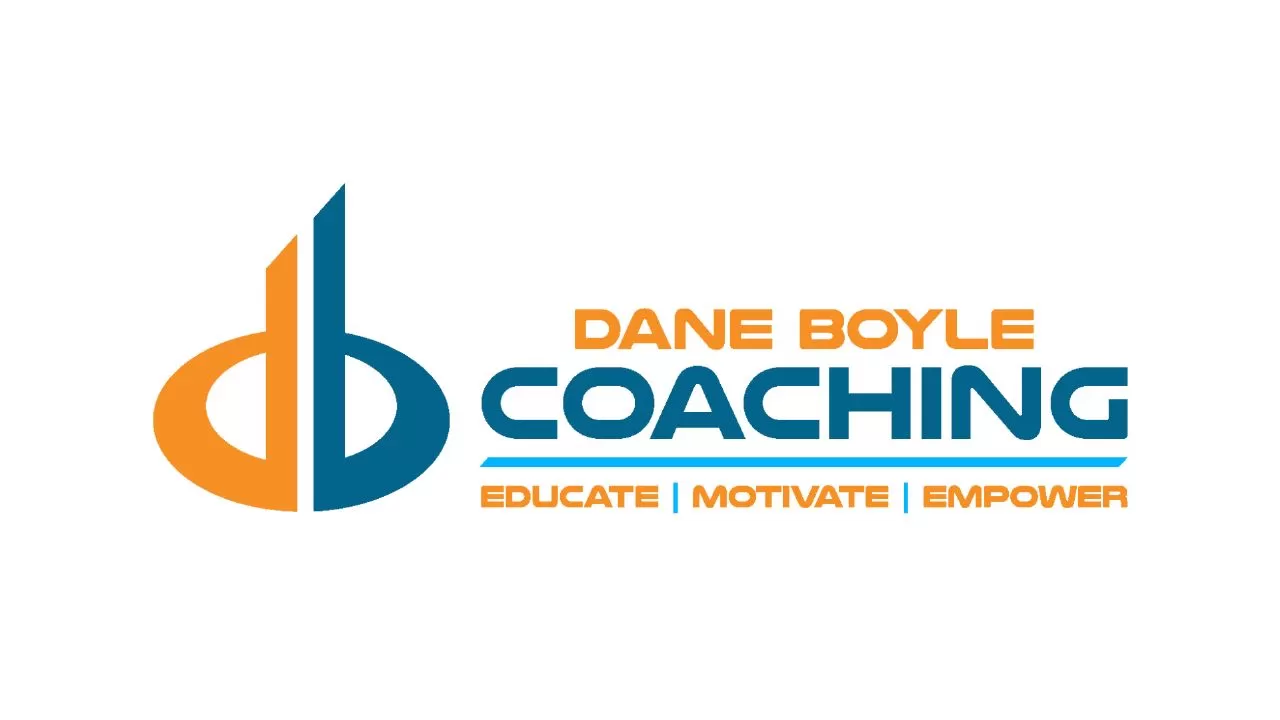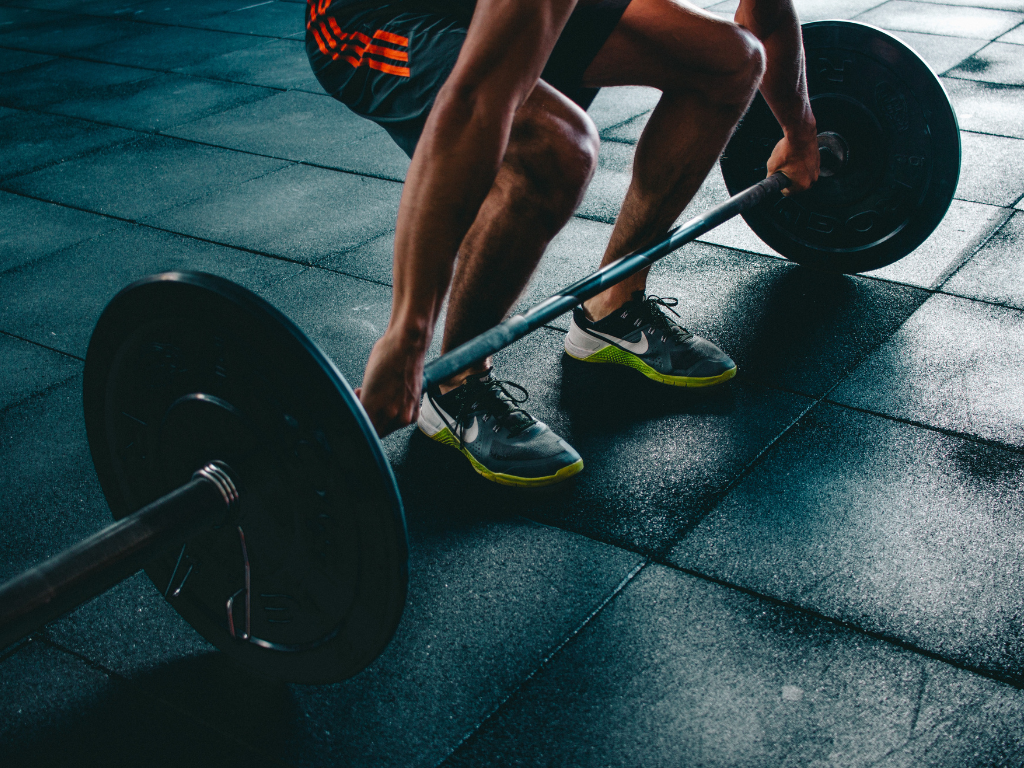If you are setting out on your strength-building journey, you have probably started hearing the term “compound exercises” every so often in the gym or when chatting with your friends.
Often it is mentioned in the context of something you should try in the gym, but without much information on what exactly a compound movement is, it is almost impossible to add them to your training program!
This article is here to help. Here, we will focus on compound movements in much greater detail, explaining what they are, what benefits they can bring to your training and some examples of compound movements that you can use.
So, let’s dive straight in and take your training to the next level.
What are Compound Movements?
Simply put, compound movements are exercises that require multiple muscles and multiple joins to go to work at the same time.
A great example of this is the overhead press, where you stand in one position and push weights straight above you from your shoulder until your arms are locked out. As you start to lift and then lower the weight, your shoulder and elbow joints move significantly, making it a perfect example of a multi-joint compound exercise.
Then take another example, this time from an isolated movement such as a lateral raise. To complete a lateral raise, you hold two dumbbells down by your sides with your palms facing inwards before raising them to your sides with straight arms. Primarily, the movement occurs at the shoulder joint, with your elbow joint not moving. Therefore it is a single-joint, isolation exercise.
What are the Benefits of Compound Exercises?
Compound exercises work more muscle.
Compound exercises have been scientifically proven to work more muscle than isolated exercises. That’s not to say that isolated exercises do not have a place in your workout, but compound movements should be the focal point of your strength sessions.
For example, the barbell bench press works much more muscle than dumbbell chest flyes do, but for a chest-based strength program, combining the two is a lethal combination. That is sure to bring you great results.
Compound exercises are more useful.
When you think about it, muscles rarely work in isolation in real-world scenarios. So training each muscle to work together is the best way to develop functional strength.
Functional strength exercises build strength that is transferable into real-world scenarios and help you with everyday movements.
For example, a back squat is a similar movement to standing up from a seated position, but a leg extension machine isn’t similar to any real-world examples.
Each of these exercises builds leg muscle, but compound exercises have more value in real-world activities.
Compound exercises burn more calories.
Due to the fact that compound movements engage more muscle than isolation exercises do, compound movements also lead to more calories burned. Because of this, a routine that involves deadlifts, pull-ups, lunges, and push-ups will likely burn more calories than a routine that includes hamstring curls, leg extensions, straight arm rows, and chest flyes.
Compound exercises make you stronger.
Compound exercises engage many more muscles than isolated exercises, which allows you to move heavier loads. Because of this, you generate more mechanical tension, a vital aspect of the growth stimulus. Compound movements create more micro-damage to the muscles, which then repair stronger and bigger than before.
Best Compound Exercises
If you aren’t currently suffering from any movement restrictions or major injuries, compound movements should be the basis of all of your strength training. Here is a list of some of the key compound movements that you can add to your program to help improve muscle growth.
Bench press
Start by lying flat on a bench underneath an Olympic barbell. The barbell should be placed in the rack at about four-fifths of your arm length so it is easy to pull out to complete a set.
Pull the barbell out from the rack so that it is aligned directly above your chest and your wrists are not too bent back.
Make sure your feet remain flat on the floor, engage your core and tense your glutes before lowering the barbell until it reaches your chest.
From then, push the weights back up to the starting position. Make sure you don’t bounce the barbell off your chest. Not only will it help you push the weight back up and not work your muscles, but it will also hurt!
Pull-Ups
Start by grabbing a pull-up bar with both hands over the top of the bar, slightly wider than shoulder-width apart. Make sure you are hanging with straight arms, with all your weight off the ground and your ankles crossed behind you.
Without any kind of kip or swing, squeeze your shoulders together and pull your chest towards the bar. If you can, pull yourself all the way up so that your chin is above the bar.
Deadlift
Grab yourself a barbell and place plates on either side, choosing a weight that challenges you, but does not impact your form. Place both hands on the barbell and bend your knees. The barbell should be a couple of centimeters away from your shin, and your arms should be straight and touching the outside of your knees.
Keeping your chest up, your back flat, and your core engaged, pull the bar up until you are standing tall, with your shoulders back and down.
Repeat the same process when putting the bar back down, being mindful not to go down too quickly or let your back round.
Tricep Dips
Find yourself a dip station, then grab both handles and pull yourself into the starting position. Either use a stop or jump to help make it easier to get into position.
Your arms should be straight, and you should have a flat back, with your feet off the floor and your chest upright.
From here, keep your arms close to your side, and bend your elbows all the way until your upper arms are in line with the floor.
Overhead Press
Start by setting up your feet hip-width apart, stationed within a squat rack, with the Olympic bar set up at your shoulder height. Place your hands on the bar just wider than shoulder-width, with the majority of the weight of the bar on the palm of your hands.
Pull the bar away from the rack in this position, keep your core engaged and your back flat, and press the barbell directly over your head until your arms are straight and the bar is stacked above your shoulders.
Loaded Carry
Stand with two heavy dumbbells in each hand, down by your sides, ensuring your palms are facing inwards. Tense your core as if you are ready for impact, tense your glutes, and pull your shoulders back and down.
Walk for 20 to 30 meters before carefully placing the weights down. Be sure not to drop the dumbbells as they may rebound and cause you an injury. Be sure to bend your knees and keep your back flat as you place the weights down.
If you want to mix up your loaded carries, you could try a suitcase carry, where you perform the same exercise but with only one dumbbell in one hand—swap hands for each set.
Or you could try overhead carries, where the two dumbbells are in your hands overhead with straight arms. For this movement, it is essential to make sure your core remains engaged, and your back stays flat. Maintain that position as you walk.
Lunges
Start standing with a pair of dumbbells in your hands, palms facing in, arms down by your side. Check that your feet are hip-width apart, and keep your chest up.
Ensure your back is flat and your core is engaged before taking a big step forward, bending your front leg until your back knee lightly touches the floor.
Push off and bring your back leg next to your front leg before continuing the same process with the alternate leg.
Press Up
To start, set yourself on all fours, with your body straight, feet together, and hands in line with your shoulders placed slightly wider. Tense your glutes and core muscles to set your body in a solid starting position.
Begin lowering your body to the floor until your chest is almost touching. Make sure that your elbows are tucked in close to your body, and your head stays in line with your spine.
Pause, check that your positioning is correct, and then push your body back up to the starting position.
If you are struggling to complete repetitions like this, then you can try doing press-ups on your knees or with your hands placed on a box. The higher the box, the easier the press up, as less of your body weight is getting placed on your hands.
To make press-ups more difficult, try placing a weight on your back or challenge yourself with some clap press-ups.
Bent-Over Row
Stand over a barbell placed on the floor, with your feet hip-width apart, toes pointing forwards. Bend down to pick up the barbell, keeping your back flat and bending your knees. Keep your shoulders braced as you pick up the weight.
From there, brace your core, hinge your body at the waist, pushing your hips back. Bend your knees and lower your torso to the point that you are almost parallel to the floor.
Without your torso moving and keeping your elbows tucked in, row the barbell up to your belly button, squeezing your shoulder blades together.
Back Squat
Start by identifying a squat rack with an Olympic bar. Step underneath the bar so that it rests on the top of your back, with your hands holding the bar slightly wider than your stance. Your feet should be shoulder-width apart, with your toes pointing forwards and your elbows pointing down towards the ground.
Next, ensure your chest remains up, your core is engaged, and your back is flat, push your hips backward, bending your knees. Lower your body until your thighs are parallel to the floor. If you cannot reach this position without bringing your heels off the floor, then only go as far down as you can before this occurs.
Pause at the bottom, check your position, and then push your body up to the starting position.
Compound Movements: Summary and Key Takeaways
Now you have all the information you need to include compound movements in your training program. As we have touched on, adding compound movements to your strength work is essential if you want to see significant progress in your training.
Next time you head to the gym to complete an upper body workout, be sure to focus your training around a couple of key compound movements, along with a few additional supporting isolation movements.
Before you know it, with the right training routine and a healthy diet, you will start to see some big improvements in your strength.
As with any workout, always be sure to leave adequate time at the start and the end of your sessions to stretch and warm up or warm down to ensure you prevent injuries wherever possible.
The last thing you want to do is plan a perfect program focused on compound movements, only to injure yourself on day one!





